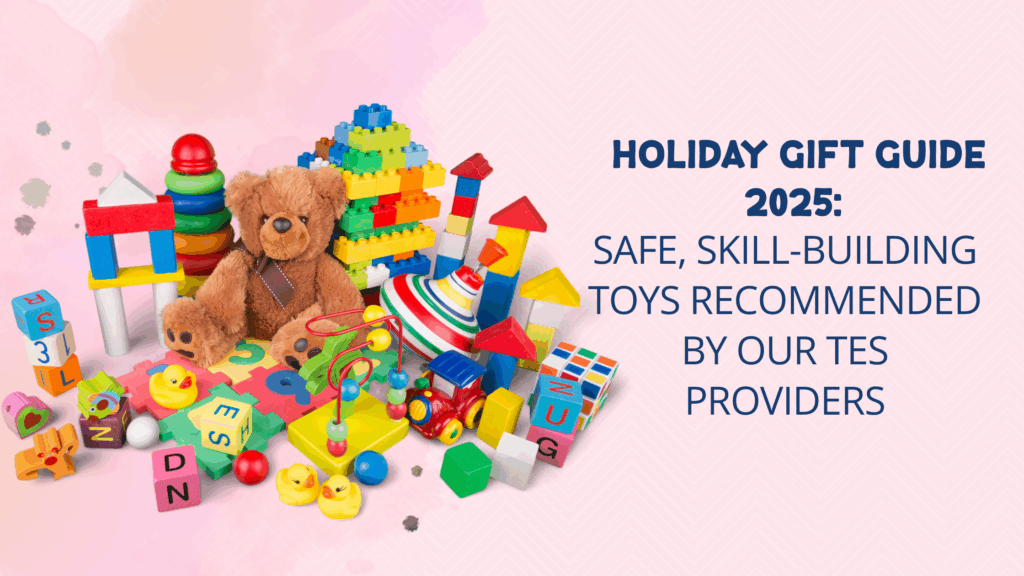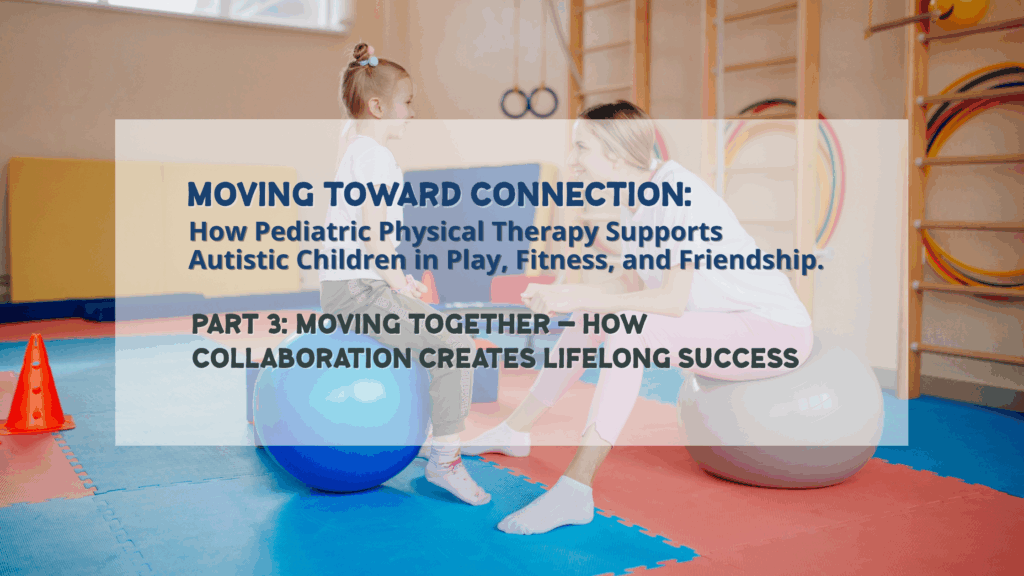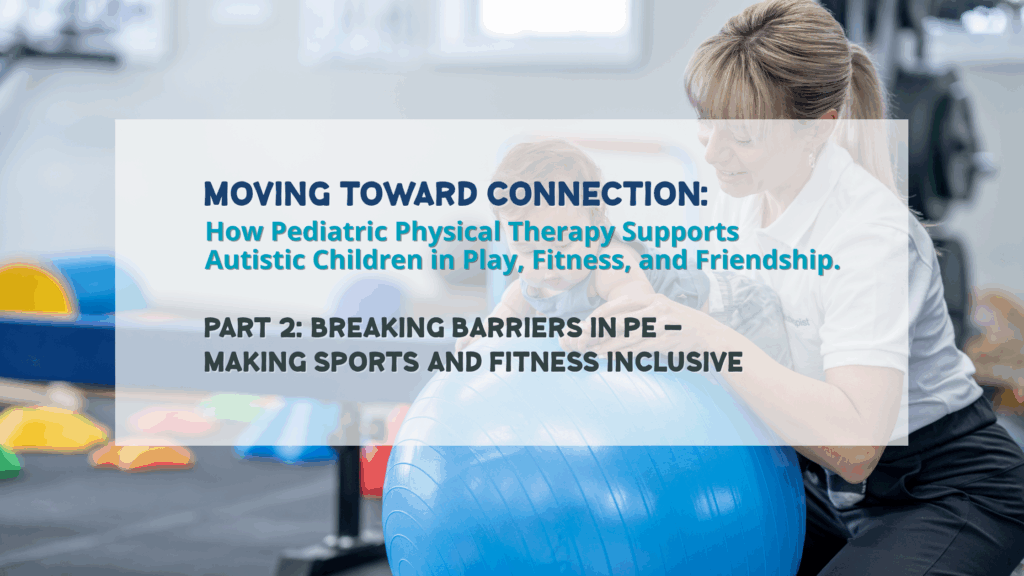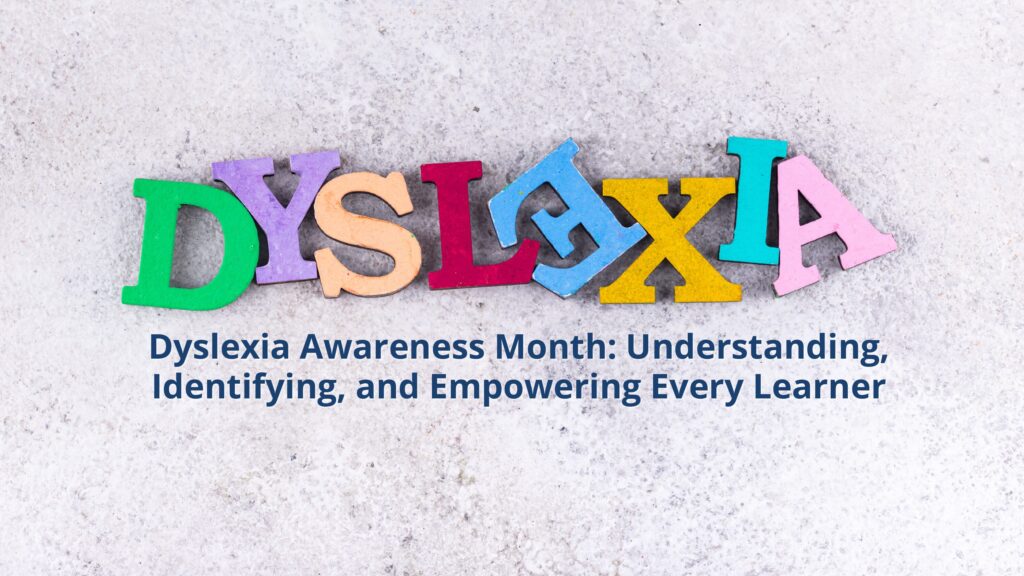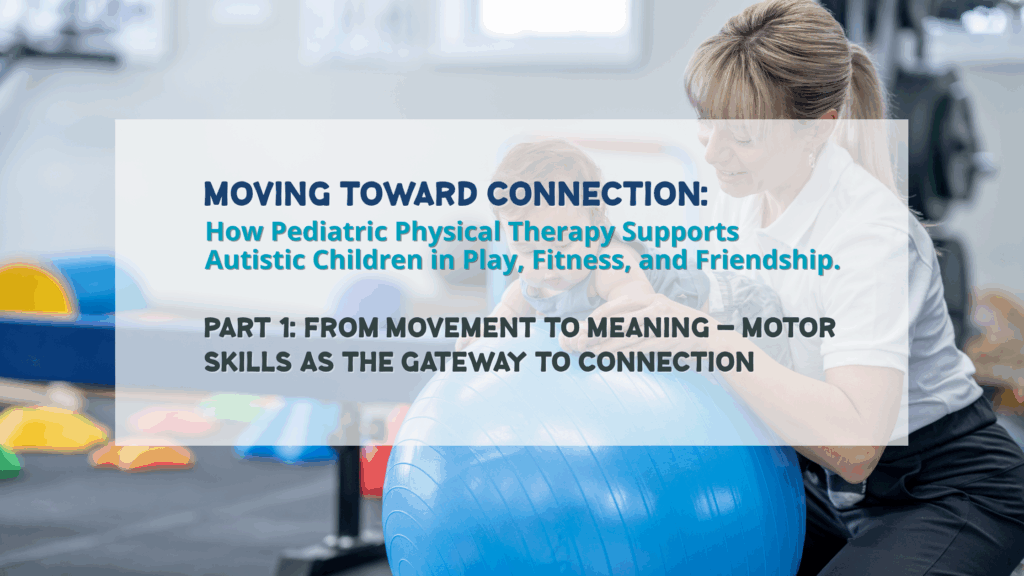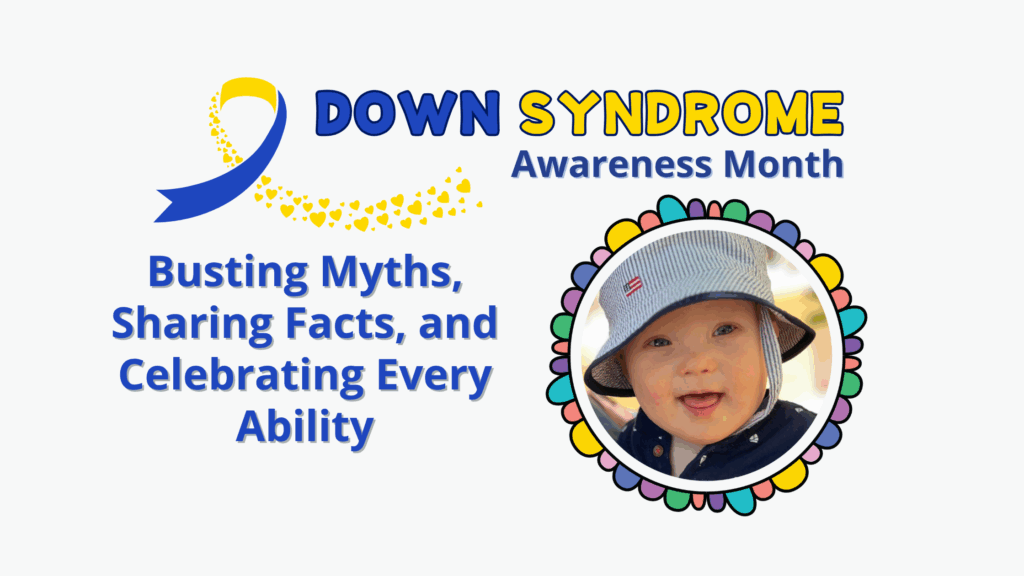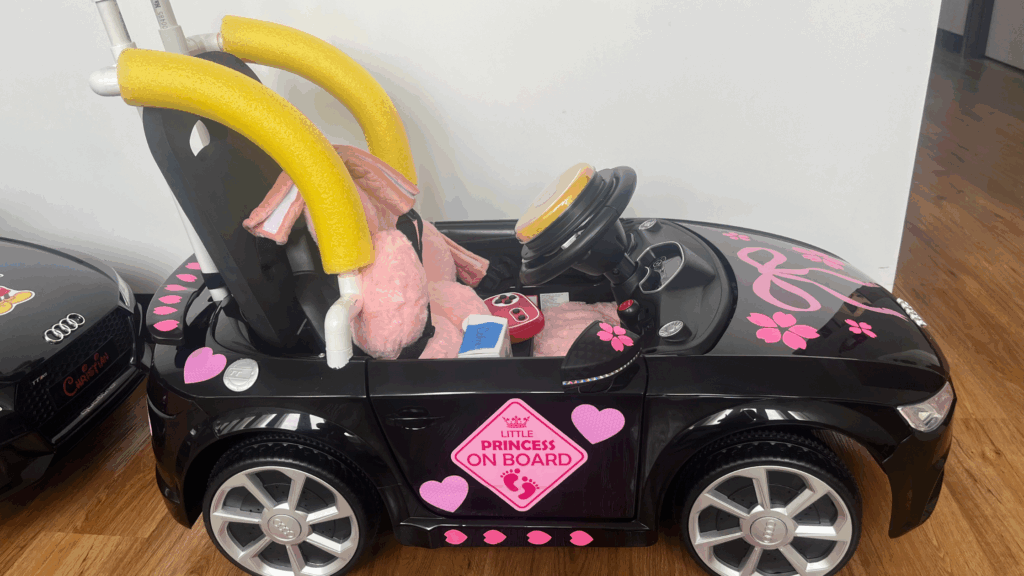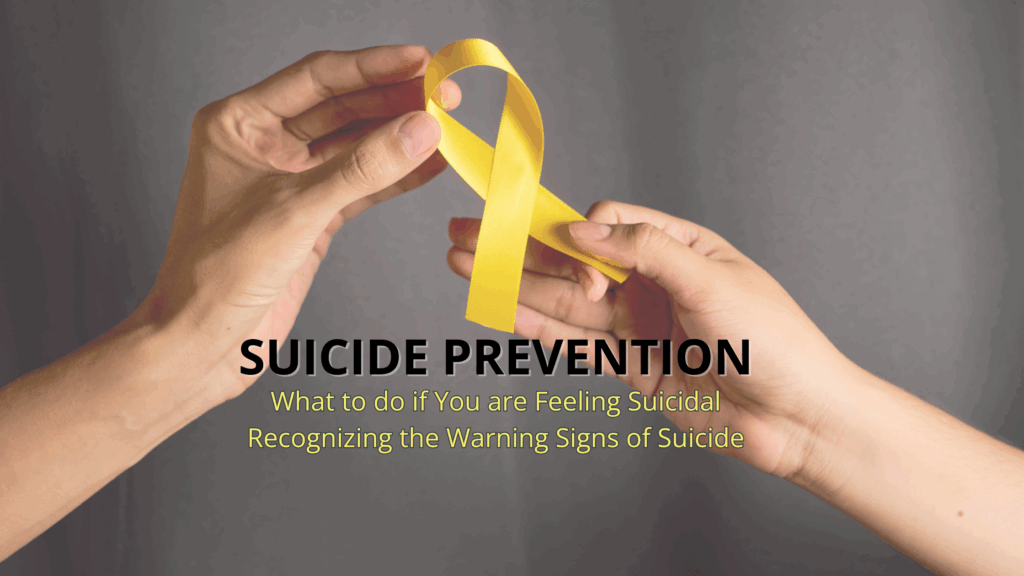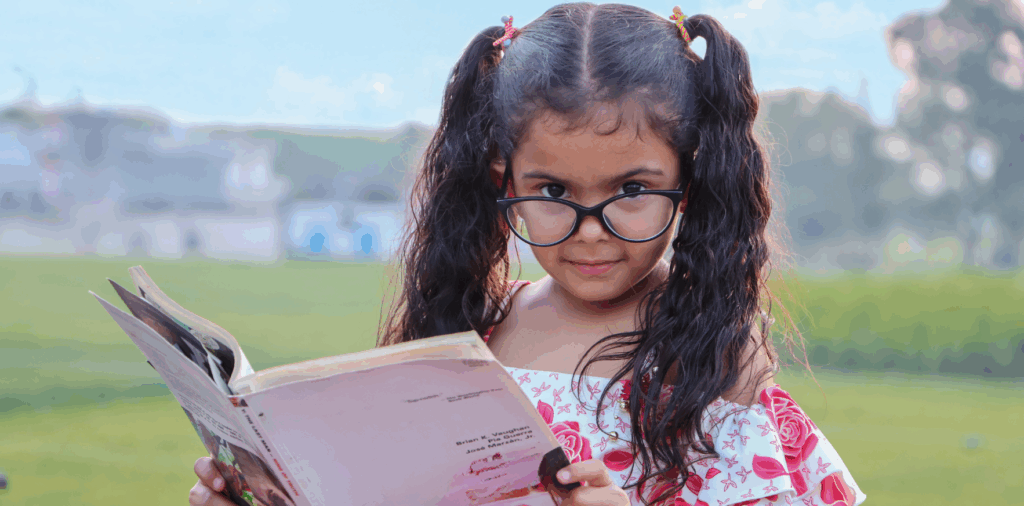Anyone who’s worked on an art project has experienced the joy of losing yourself in the experience and entering a flow state. Creating something uniquely yours can be very therapeutic, and this is what art therapy does. Creating art gives you a sense of accomplishment and an outlet for your inner feelings.
Indulging in different types of art projects can have some fantastic mental health benefits, and is a great coping strategy when life feels like it’s too much to deal with. You get your creative juices flowing. You inject your feelings into your project. You feel at one with yourself, and everything around you just melts away. It’s just you, and the art.
Expressing yourself without any limitations enables you to let go of the complicated feelings. This is why this therapy has been used to treat anxiety, depression, and even trauma.
The benefits of art therapy are much deeper than pure relaxation and enjoyment for its own sake. It is a valuable asset in helping people cope with mental illness. Parents, teachers, and therapists use art therapy to help children and adults process their phobias and more difficult emotions.
What makes art therapy so effective is that it deals with your subconscious emotions as well as the emotions you’re aware of.
Mental health issues such as anxiety, mood swings, and depression often have deeply rooted, non-obvious causes. This is a common self-defense mechanism for coping with trauma.
Creating a safe place to explore your innermost thoughts and feelings without judgment is one of many ways that art helps with mental health. It allows you to explore the thoughts that you’ve pushed deep down into your mind, give them form and expression, and finally start unpacking them.
Art is one of the purest expressions of thought. It gives the observer a window into the creator’s mind and soul, an understanding of how they think and feel. That’s what makes it such a valuable clinical tool for understanding someone’s inner demons and struggles. The things that they think and feel about. The triggers that make them anxious. The memories that make them depressed. The deeply-rooted traumas that shape who they are as people.
We’ll cover what art therapy is and how art therapy is used for mental health.
What Is Art Therapy?
Art therapy makes use of art and other visual mediums so patients can express their inner emotions, and thoughts, and unprocessed trauma. Their deepest fears. The parts of themselves they wouldn’t otherwise show to anyone.
The goal of art therapy is to maintain and improve the physical, cognitive, psychosocial, and spiritual health of kids and teens. It’s a therapeutic way to process difficult emotions and feelings in a safe environment under the guidance of a trained, experienced professional. The therapist or professional can then help interpret the patient’s art, assess their mental and emotional state, and help unpack them together with the patient.
Art therapy should be overseen by a qualified therapist who has knowledge of the visual arts and how to use it to help children express themselves. It’s not critical that the therapist be a professional artist themselves. It’s enough that they have a deep enough understanding of the visual arts to competently guide the patient through a therapy session.
Professional therapists use drawing, painting, sculpture, photography, and other visual art forms, working together with their patients to explore their emotional worlds and help them learn creative skills at the same time.
An art therapist may not necessarily be a great artist themselves, and the artworks may not be masterpieces. That doesn’t matter. The purpose of this exercise is to give the client a healthy and constructive way to wrestle with emotions, urges, impulses, or thoughts that may be seen as dark, confusing, tragic, or undesirable.
However, the therapist should be familiar with how art therapy is used for mental health and use best practices to help the patients share their feelings through art without the fear of judgment.
Who Should Try Art Therapy?
Art therapy is primarily intended for people who struggle with mental health issues, but it’s not exclusive to them. People who are tired, stressed, burned out or grieving can use it to relieve stress, let go of their old relationships, or even just feel better after a bad or overwhelming day. When they focus on the emotions in a safe space, they can better understand their issues and make suitable coping strategies for them.
For mental health, art projects can be particularly beneficial for people dealing with addictions, grief, loss, or any other types of personal and emotional issues. The process of this therapy is more important than the end result.
In this way, art therapy helps you find meaning in your painful experiences, and healing after something upsetting or tragic happens to you. Art therapy helps you connect with your emotions and gives you a chance to deal with them head-on and make sense out of life while doing something you enjoy.
Benefits Of Art Therapy
Art therapy can be extremely beneficial for people struggling with mental health or any other emotional issues. Creative expression is empowering and gives you agency over your emotions. For mental health, art therapy is a valuable process with mental, physical, and emotional benefits.
It Reduces Stress and Anxiety
A study on the benefits of art therapy published in PubMed shows that children with asthma who participated in an hour-long art therapy session had significantly less anxiety and an improved self-image.
Giving hospitalized children art therapy to release their anxiety is a common form of psychotherapy. Patients feel calmer, and it also gives them a feeling of mindfulness and productivity. These good feelings work as a mood booster and show effective results in reducing the state of stress, anxiety, and worry.
It doesn’t just work for children either. A study published in Frontiers of Psychology evaluated the effectiveness of art therapy for anxiety in adult women. Out of the 59 women who were tested, the 47 who went through art therapy demonstrated reduced anxiety, an increase in quality of life, and improved access to emotional regulation strategies.
It Helps Treat Depression
Art therapy is effective for treating depression as well. Art therapy for mental health helps those struggling with deep and dark emotions take comfort in the process of painting and drawing, and also be honest about their feelings.
Professional care providers can better understand the complicated inner world of their patients, leading to better therapy sessions. Depression can take so much joy and motivation out of life, and practicing art is a start on the road to acceptance and recovery.
It Stimulates Mental Function
Art therapy can also get your creative juices flowing. People going through a dull or difficult day can pick up the brush and express their complicated feelings of rage, anger, stress, and disappointment through art. It’s a great way to relax and get those feelings out. It’s also more constructive and far healthier than punching a wall, shouting, or taking your repressed rage and aggression out on people, animals, or inanimate objects.
Patients may find the prospect of making themselves vulnerable intimidating, or that throwing themselves into an art project to forget their problems might leave them even more drained and tired than they were before. Luckily, it doesn’t take much for art therapy to start being effective. A 2016 study on the benefits of art therapy in the Journal of the American Art Therapy Association showed that it takes less than an hour of creative activity to reduce stress and have a positive effect on your mental health.
It Improves Self-Esteem
Mental health is directly tied to someone’s self-worth and self-esteem. Depression, anxiety, PTSD, and other issues drain that self-esteem and make you feel worthless or unloveable. Art therapy is great for restoring confidence and finding your sense of self-worth again.
The same goes for children struggling with puberty or those questioning their sexuality or gender. The process allows them to deal with these complicated issues and come to terms with their identity. They can clear their minds during the process of drawing, painting, and sculpting.
It Provides a Creative Release
This is one of the least explored benefits of art therapy. With visual representation, individuals will get a chance of creative release. By creating something beautiful, you will get a great sense of satisfaction.
Also, the creative stimulation from the process will trigger the artistic side of the brain and enhance satisfaction and tranquility at the same time. This will give you a feeling of happiness and a sense of confidence in other areas of your life. In addition to the creative release, individuals also get the benefit of self-expression. All these feelings lead to a deep state of joy and allow the therapists to make progress during the therapy sessions.
Types Of Art Therapy
Different types of art techniques are used during therapy sessions. Art covers such a wide spectrum of emotions that nearly all patients can find some part of the process that resonates with them, whether they’re artistically inclined or not.
Collage
Collaging is a great alternative for people who feel shaky about their artistic abilities. If they don’t feel at home drawing or painting, they can start small and just put images together.
Collages are made by taking scraps of magazines and paper putting them together to create something unique, interesting, and beautiful. This activity takes off the pressure of drawing and painting anything in particular while still offering a creative outlet, which make collages ideal art projects for mental health.
Collaging offers a passive approach to creativity and is a bit easier for people who aren’t very creatively minded since it uses pre-existing images. Organizing images is a less threatening way to express your inner thoughts and focus less on invention and more on construction.
Painting, Drawing & Doodling
Painting, drawing, and doodling are more structured art projects that involve a higher degree of effort and intention. That gives way to art therapy that is more vivid, more raw and real, and more personal.
Painting
Painting takes a free-form approach to create any art from a blank canvas or by creating and manipulating images. Individuals may use acrylic paints, watercolors, spray painting, or whatever else they like to paint what they feel.
The tradeoff here is that painting supplies are more fluid and abstract, so the patient engaging with it will have less control over them. With that being the case, therapists must use this process only when the patient is comfortable with imperfections and a certain loss of control.
Drawing
Drawing therapy includes the use of pencils, pastels, charcoal, crayons, pens to work on paper materials. Individuals are already familiar with drawing supplies, and they can use them without any instruction or guidance.
It’s important to keep reminding patients that the drawing therapy session isn’t about being a good artist, but expressing how they feel. Therapists should make sure the patients don’t get too tied up with creating the perfect ideas or pieces but, instead, enjoy the process and release their pent-up emotions during the process.
Doodling
Doodling doesn’t need any painting supplies or even sketching, but just scribbling with a pen and paper.
The simple act of doodling your thoughts and impulses on a piece of paper is great for calming your mind during stressful periods. Therapists often encourage patients to draw figures or representations or facial expressions to express their current mood. This enables the therapists to assess how the patient is currently feeling and take the best course of action.
Photography
Photography is used in art therapy to take still images of memories and use them during sessions. Patients can use some past photos from their lives to stimulate memories and use the same pictures to construct a more positive framework surrounding that memory. Patients can also create storyboards using all the images that strike positive emotions in them.
Photography is a more concrete form of visual expression. This enables therapists to learn about their patient’s memories and any emotions they associate with them. This will help the therapist understand behavioral issues in adults and provide them with the care they need to recover.
Getting the right help is important for your child, and Total Education Solution is here to help you find it.
We can provide the right therapy and care to your child and help them overcome and live with their mental health issues. Get in touch with us and we can help your child heal through the power of artistic expression.

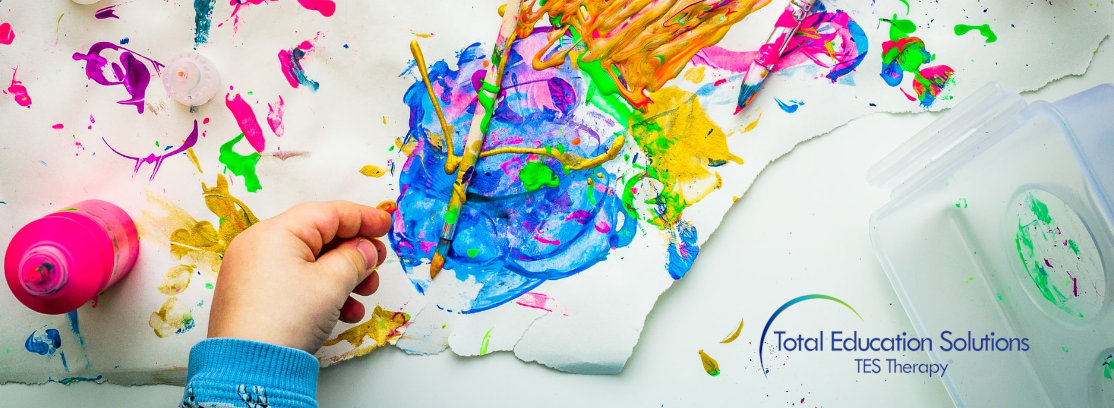
 05 Jan 2022
05 Jan 2022 